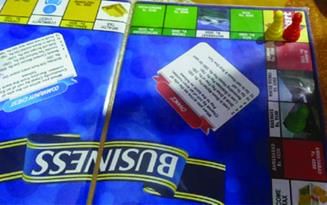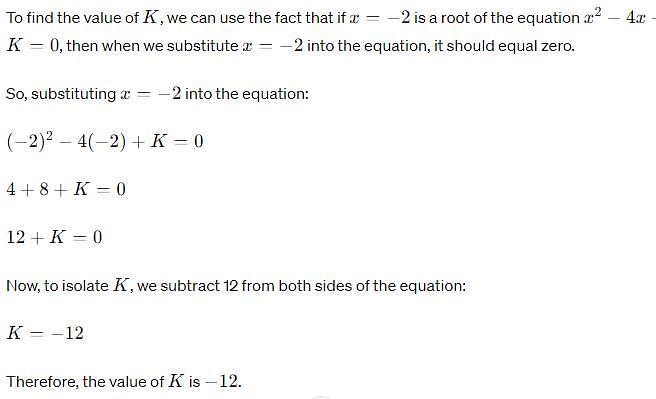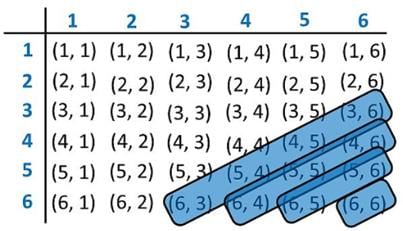KVS TGT Math Mock Test - 10 - KVS PGT/TGT/PRT MCQ
30 Questions MCQ Test - KVS TGT Math Mock Test - 10
", provide a multiple-choice question related to the Green Revolution.
| 1 Crore+ students have signed up on EduRev. Have you? Download the App |
How many sessions of the Constituent Assembly were held between December 9, 1946, and August 14, 1947?
Which one of the following is NOT a guiding principle for curriculum development proposed by NCF?
A specific type of learning disability in which there is difficulty attaching meaning to sound groups that form words, sentences and stories are known as:
The mean of 25 observations is 36. If the mean of first 13 observations is 32 and that of the last 13 observations is 39, then the 13th observation is
The HCF and LCM of two numbers is 9 and 459 respectively. If one of the number is 27, then the other number is
If x = -2 is a root of equation x2 – 4x + K = 0 then value of K is
A bag has 9 red, 7 green and 4 blue balls. A student randomly selects a ball from the bag. The probability of not getting a blue ball is
Read the following text and answer the following questions on the basis of the same:
Rahul and Ravi planned to play Business (board game) in which they were supposed to use two dice.


Now it was Ravi’s turn. He rolled the dice. What is the probability that he got the sum of the two numbers appearing on the top face of the dice is greater than 8 ?
Cards each marked with one of the numbers 4, 5, 6,...., 20 are placed in a box and mixed thoroughly. One card is drawn at random from the box. Then, the probability of getting an even prime number is
The perimeter (in cm) of a square circumscribing a circle of radius a cm, is
The value of k if x = 2, y = 1 is a solution of equation 2x – k = – 3y is
In the given figure, if ∠AOB = 80o and ∠ABC = 30o , then ∠CAO is equal to
In the given figure, PQ||RS and EF||QS. If ∠PQS = 60°, then the measure of ∠RFE is:


 is
is
















